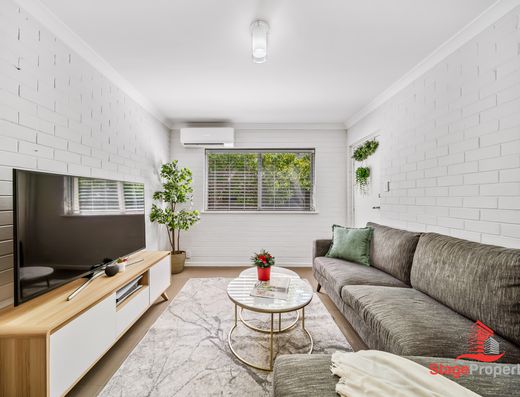Is winter a bad time to sell your house?
Real estate folklore says the property market cools as the temperature drops. But is winter really a bad time to sell? The simple answer is no.
With less stock, motivated buyers, and crisp days that deliver better views than the best of summer, it’s absolutely possible to get a good price for your home in winter.
Here are the pros and cons.
Pros of selling in winter
1. Less stock – and motivated buyers
Peter Starr, from Raine and Horne Double Bay, says the biggest upside to selling in winter is less competition.
This is because many people still subscribe to the idea that winter’s a bad time to sell, and are therefore less likely to put their house on the market during the colder season.
“But I think that’s an assumption we inherited from our northern hemisphere cousins and it’s just not relevant in the Australian context, because it’s not like we get snow white-outs,” he says.
“Winter is as good a time as any to sell. It all comes down to the market.”
Also, if potential buyers turn up to an open for inspection on a rainy day, vendors can usually assume they’re motivated and ready to buy.
2. Better views and air quality
Starr, who has over 27 years’ experience in the real estate industry, says winter often showcases gardens and outlooks better than any other season.
“Most people don’t think about it, but the views are a lot cleaner in the winter, especially with cold air and trees without leaves. There is also less pollen around in winter.”
3. The “cosy” factor
Everyone loves to feel cosy, and so selling in winter gives vendors the chance to show off their home at its most inviting and welcoming.
With a roaring fire or ducted heating providing warmth, it’s easy to make a home appealing. “Even with outdoor areas, you can dress them and talk about how great that space would be in warmer weather,” Starr says.
Cons of selling in winter
1. Buyers have to brave bad weather
Selling in winter does require buyers to face cold and potentially rainy weather to attend open for inspections, and this can be a barrier to a sale.
“If it’s a cold, bleak day, of course some people are less inclined to go out, but the same could be said about a stinking hot day in summer,” Starr says.
2. Wet weather can reveal flaws
Older homes with damp issues are more easily sold in warmer months, but any serious seller will address any major problems before selling – regardless of the season.
3. Less natural light
With shorter days and lower light levels, homes often get less natural light in winter, which has a negative impact on a home’s presentation.
What about the other seasons?
While some agents have historically told vendors to hold off selling until spring, many people across Australia simply sell when they need to.
Experts say it’s less about picking the perfect time and more about understanding how best to present a property in each particular season.
In spring, it’s easier to attract potential buyers to open houses because the weather is good, but they still need to be wowed. A high-pressure wash of any signs of mould externally, a big tidy-up in the garden and outdoor entertaining areas, and opening curtains and blinds to let in as much natural light as possible should all be on vendors’ to-do lists.
In summer, it’s more about managing the temperature and shining a light on your home’s outdoor lifestyle. Ensure the home is cool, hold inspections at sensible times, and make sure outdoor areas are dressed to impress.
In autumn, vendors should deal with fallen leaves, so potential buyers don’t “see work” when they inspect. Wet leaves that get dragged into the house can make it look messy, too.
source: https://www.realestate.com.au/
related posts:
How to pick a Winning Subdivision Property in Western Australia
Why Perth property is making a comeback
Positive signs emerging in subdued Perth property market









